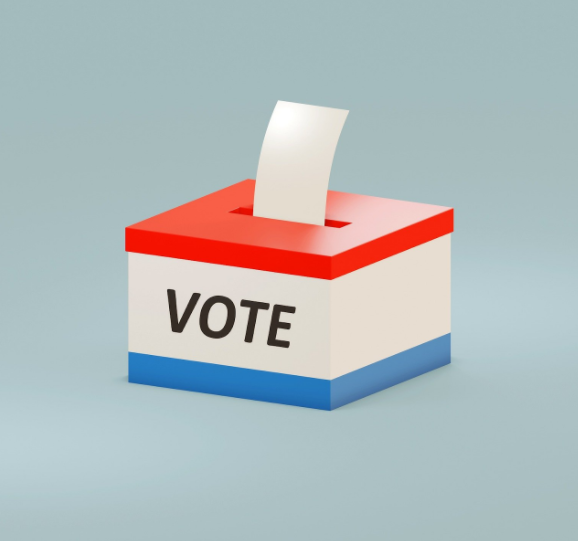With the current United States voting system coming under fire from Democrats, Republicans, and the media, people are considering possible alternatives. The most prevalent reform is ranked-choice voting, where people rank candidates based on how much they consent to them obtaining the position they are running for. While this seems sensible in theory, there is some opposition to trying it on a large scale. Main opposers suggest that there isn’t enough data to truly signify if it’s a good system in practice. To justify this, they say that where it is in practice, not a lot of results would have changed from using the system we currently have in place.
Ranked-choice voting works by eliminating the candidate with the least amount of votes and then redistributing them. Because each ballot is filled out with ranked preferences, votes for the first candidate who was eliminated are transferred to whoever was put down on the ballot as the second preference. This is beneficial because no votes are wasted under this system. Every vote will go to a candidate until one of them has over 50% of the population supporting them. This also means that the majority of people have to support a candidate for them to become the governing force of whatever they’re running for. To put this into proportion, 15 out of the 45 U.S. presidents have won the election without obtaining 50% of the vote. Ranked-choice voting eliminates this from happening which helps strengthen citizens’ faith in our governmental system.
This is not only beneficial for our country but also for democracy as a whole. This system takes away power from the 2 party system that poisons a lot of progress in government and generally puts party over policy. Ranked-choice voting would allow citizens to vote for a third-party candidate as their first choice without the fear that it could become a “wasted vote”. This would then force more diplomacy between parties or they’d both be fearing not being re-elected. Ranked-choice voting allows for the power to truly be to the people, since no longer would they have to vote for a “lesser evil”.
Ranked-choice voting is in place in Maine, Alaska, and Australia for lower elected offices. This has provided data that could show what ranked-choice voting would look like on a national level. For example, 98% of ballots were counted in states with this system, compared to the 91% of ballots counted with our current one. An example of this happened in Colorado during the 2020 Democratic primaries. Buttigieg and Klobuchar both dropped out after early voting ballots were cast. As a result of this, 14%, or 150,000 votes were completely discarded. In a ranked-choice voting system, these ballots would be cast for whoever those voters put as their second option instead of being thrown away. Another undeniable benefit of this system is that 99.8% of ballots cast were proved legitimate, which crushes any claim of ballot fraud in states where ranked-choice voting exists.
Overall, ranked-choice voting is the necessary reform to our current voting system. Although there hasn’t been extensive research on it, the only way to see if it works on a large scale as well as it works on a smaller scale is to try it. Trying it has low consequences and reinforces citizens’ trust in our democracy. Moreover, ranked-choice voting ensures the elected office goes to the person who gained the consent of the majority.






























